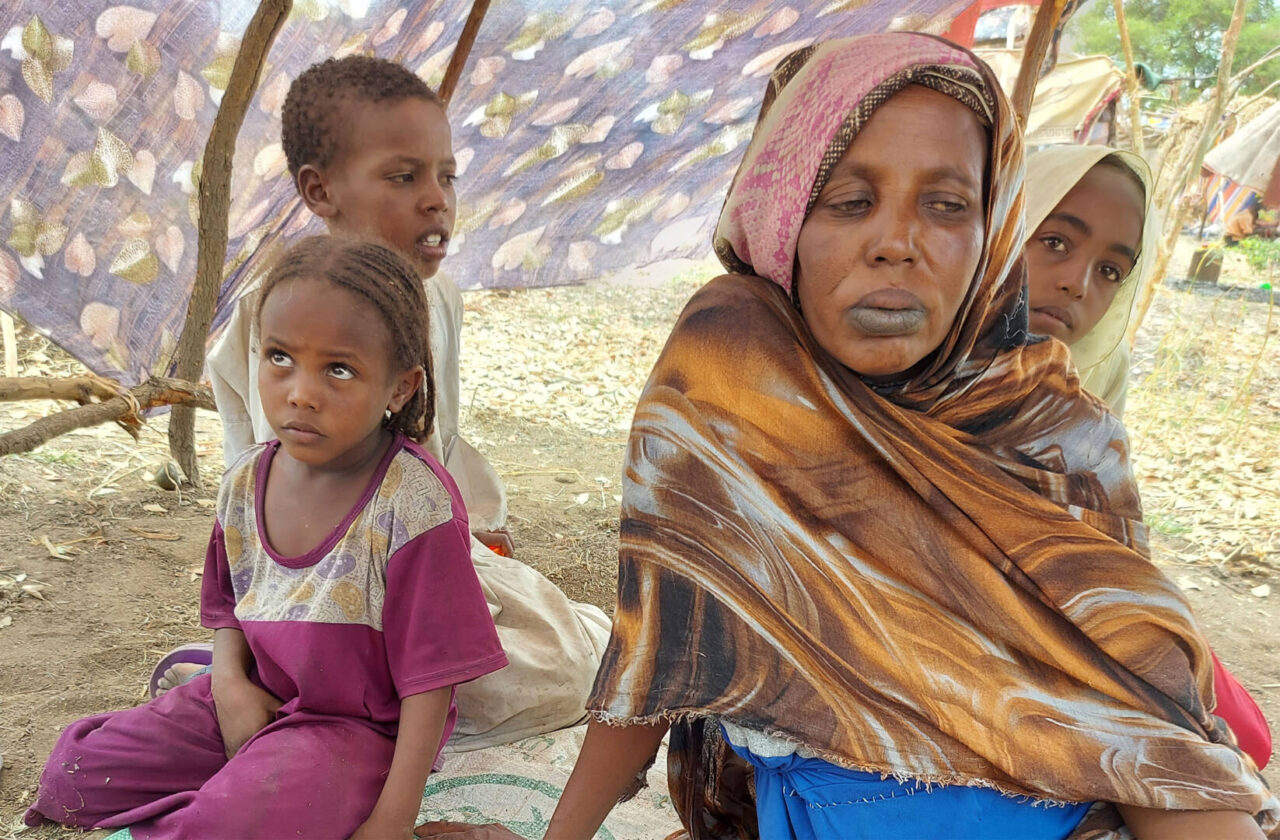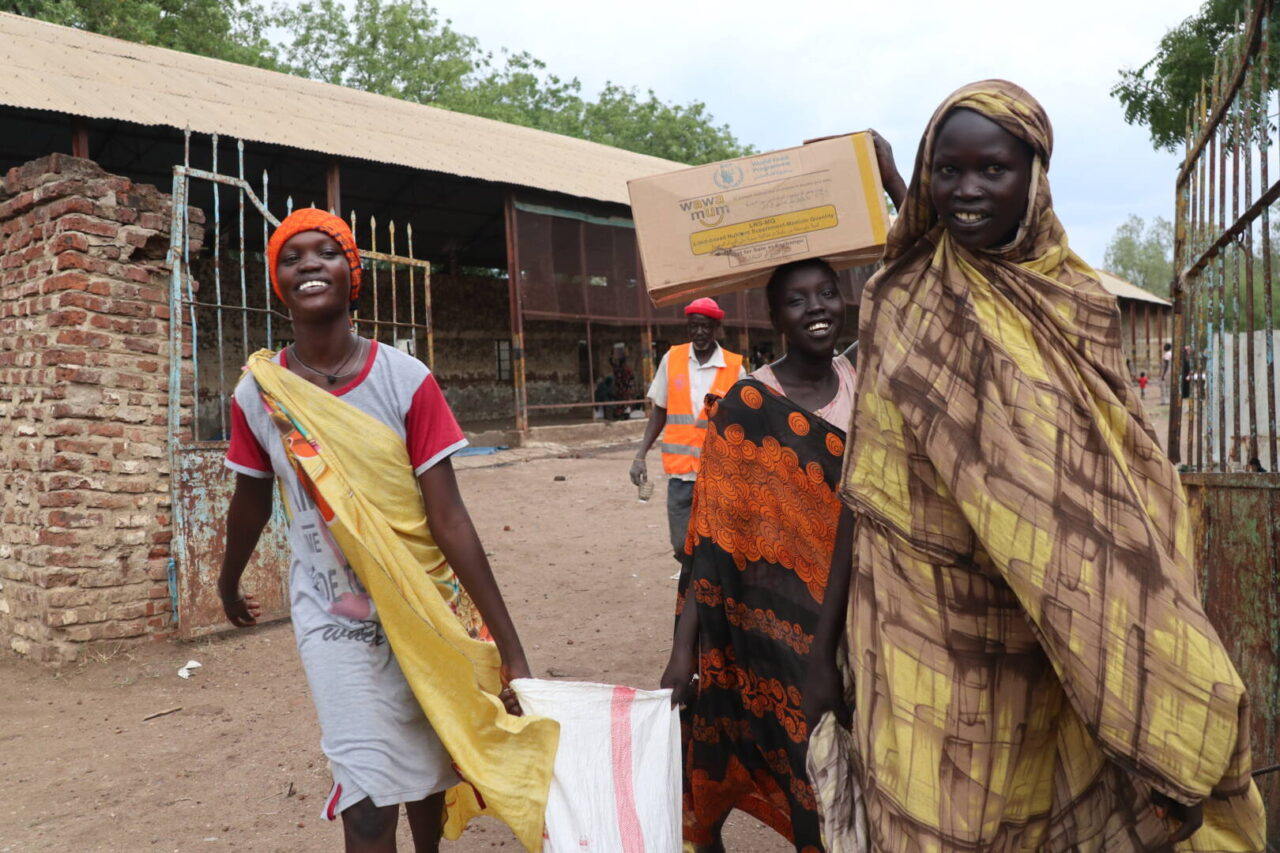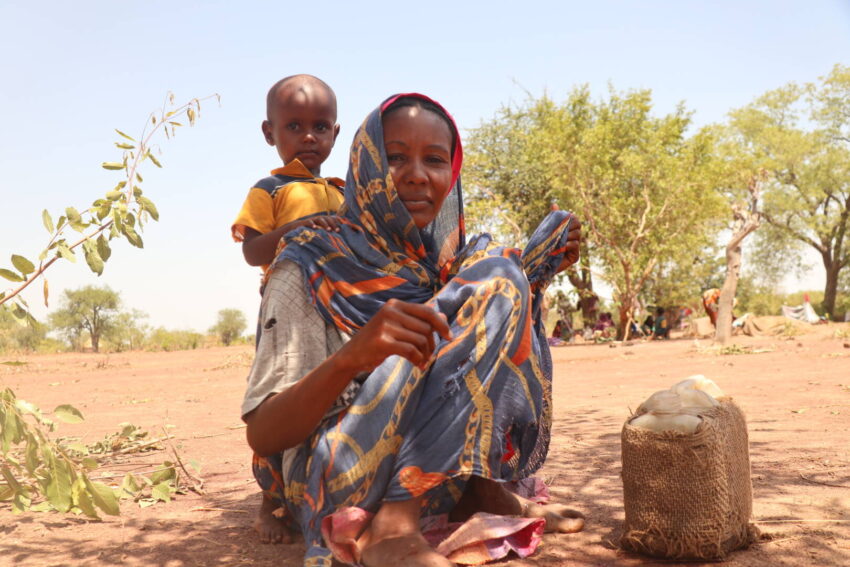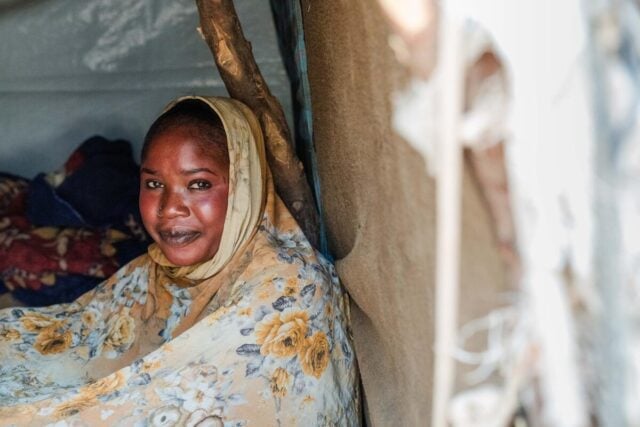Since gaining independence in 2011, South Sudan has faced a complex humanitarian crisis, and children are the most affected. Conflict, natural disasters, poverty, and widespread displacement have converged, resulting in a surge in food insecurity, hunger, and malnutrition.
South Sudan crisis: Facts, FAQs, and how to help
Explore facts, and frequently asked questions about the South Sudan crisis, and learn how you can help impacted communities.
- Fast facts: South Sudan crisis
- What is the current situation in South Sudan?
- How is the South Sudan crisis affecting children?
- What is World Vision doing to help impacted families in South Sudan?
- Where has World Vision worked in South Sudan, and for how long?
- How can I help the children and families affected by the crisis in South Sudan?
Fast facts: South Sudan crisis
- South Sudan became the world’s youngest nation and Africa’s 54th country on July 9, 2011.
- Conflicts in 2013 and 2016 have undermined the development South Sudan made after gaining independence, worsening its humanitarian situation, according to the World Bank.
- An estimated 9.4 million people, (76% of the population), require humanitarian assistance in 2023, according to the United Nations Office for the Coordination of Humanitarian Affairs (OCHA).
- Four consecutive years of record flooding have caused widespread displacement, destroyed livelihoods, and resulted in the loss of cultivable land, contributing to the hunger crisis.
- More than 7.7 million people, which is two-thirds of the population, are experiencing crisis-level or worse hunger in 2023, according to World Food Programme (WFP) figures. This surpasses the levels seen during the country’s armed violence. Of those, 1.4 million children under 5 are facing acute malnutrition.

What is the current situation in South Sudan?
The situation in South Sudan is deeply concerning. In 2023, an estimated 9.4 million people, roughly 76% of the country’s population, need humanitarian assistance. That’s an increase of half a million people compared to 2022. Suffering the most are women and children, who bear the brunt of this crisis.
Recent conflicts in neighboring Sudan have significantly aggravated South Sudan’s humanitarian crisis, triggering a wave of refugees and returning citizens seeking safety within South Sudan’s borders.
Severe droughts in 2011 and 2015 caused immense hardship. Destructive floods hit the country six times between 2014 and 2023. These natural disasters have resulted in loss of lives, displacement, and death of livestock, which is central to South Sudanese livelihoods. The impact of these events has placed an enormous burden on the resilience of the South Sudanese people.
How is the South Sudan crisis affecting children?
The South Sudan crisis has inflicted severe hardships on children, with many forced to flee their homes, endure displacement, and face dire consequences. Disruptions caused by violence have affected children’s education, armed groups have recruited child soldiers, and malnutrition has become rampant.
What is World Vision doing to help impacted families in South Sudan?
In 2022, World Vision served more than 2.3 million people, including 1.3 million children. We reached more than 2.1 million people through our emergency response, food security, and livelihood programs. In collaboration with partners, particularly the World Food Programme (WFP), World Vision distributed 40,246 metric tons of food and cash assistance to over 1 million people affected by the crisis. World Vision is WFP’s largest implementing partner worldwide. We also offered care and nutritional support to 819,648 children and 434,946 pregnant and nursing women.
World Vision remains steadfast in our commitment to the South Sudanese people — to improve the lives of 3 million children by 2025.

Where has World Vision worked in South Sudan, and for how long?
World Vision has worked in South Sudan since 1989. We were one of few humanitarian agencies to provide assistance during the war in what was then southern Sudan. After independence in 2011, we concentrated on recovery and community development. Here are some highlights from our response to the crisis since December 2013:
2013 to 2014: Creating a lifeline for families
- World Vision’s response included health, food security, child protection, access to clean water, and education.
- In January 2014, we delivered the first food aid and household supplies to families trapped by conflict at the Malakal U.N. site.
- In May 2014, we distributed relief goods and established Child-Friendly Spaces in three states. Our food and nutrition programs served 36,000 children.
2015: Adapting programs to address new needs
- We supported nearly 420,000 people in South Sudan with food, water, sanitation services, and household essentials such as blankets and mosquito nets. We equipped farmers with agricultural training, supplied fishing nets, and vaccinated cattle.
- In response to a cholera outbreak near Juba in June, World Vision trained faith leaders as well as local and state public schools on cholera prevention and management.
2016: Aiding displaced families and refugees
- Nearly 1 million South Sudanese people received support from World Vision, including food, water, sanitation, screening and treatment of malnutrition, support for livelihoods, and education.
2017: Fighting hunger and malnutrition
- World Vision assisted 1.2 million people with healthcare; 822,752 with food security and livelihood support; 384,424 with water, sanitation, and hygiene; 142,911 with household items; 214,677 with nutrition support; and 91,911 with child protection and education activities.
2018: Building bridges to better lives
- World Vision began a UNICEF-funded program to help nearly 700 children who have served with militias to reunite with their families and return to education.
- We continued our distribution of emergency food, livelihood training, healthcare, support for access to clean water, sanitation, and hygiene, and education support.
How can I help children and families affected by the crisis in South Sudan?
- Pray: Lift up children, families, and humanitarian workers who come to their aid.
- Give: Help meet the most urgent needs of children and families suffering from the hunger crisis.
Sevil Omer of World Vision’s U.S. staff contributed to this article.



